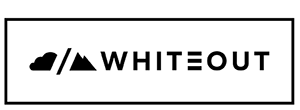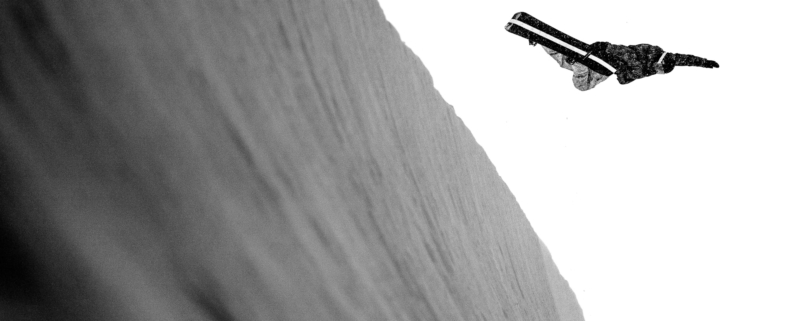When it comes to competitive snowboarding in Switzerland, Halfpipe is kinda our thing. We’ve already picked up four Olympic medals and there’s a lot of new talent with big dreams coming up. But how often do you even get a chance to ride a decent pipe? Till now, we’ve been lucky to have a worldclass setup in Laax and smaller (but good) pipes in Leysin and Grindelwald. But with recent closures in Crans Montana, Davos and Saas Fee, it’s pretty clear that we’ve been moving in the wrong direction.
That’s why it’s good news that Corvatsch has opened a beautiful new pipe that’s set to be maintained from November through April. It’s comparable to Laax, weighing in at 180 meters long and 7 meters high. But as Daniel Bosshard, the president of Silvaplana told us, “We do not want to imitate Laax – we want to create our own thing.” Contributing photographer, Jonas Gasser, was there for the opening and caught up with some of our local riders to see what they thought of the new setup.
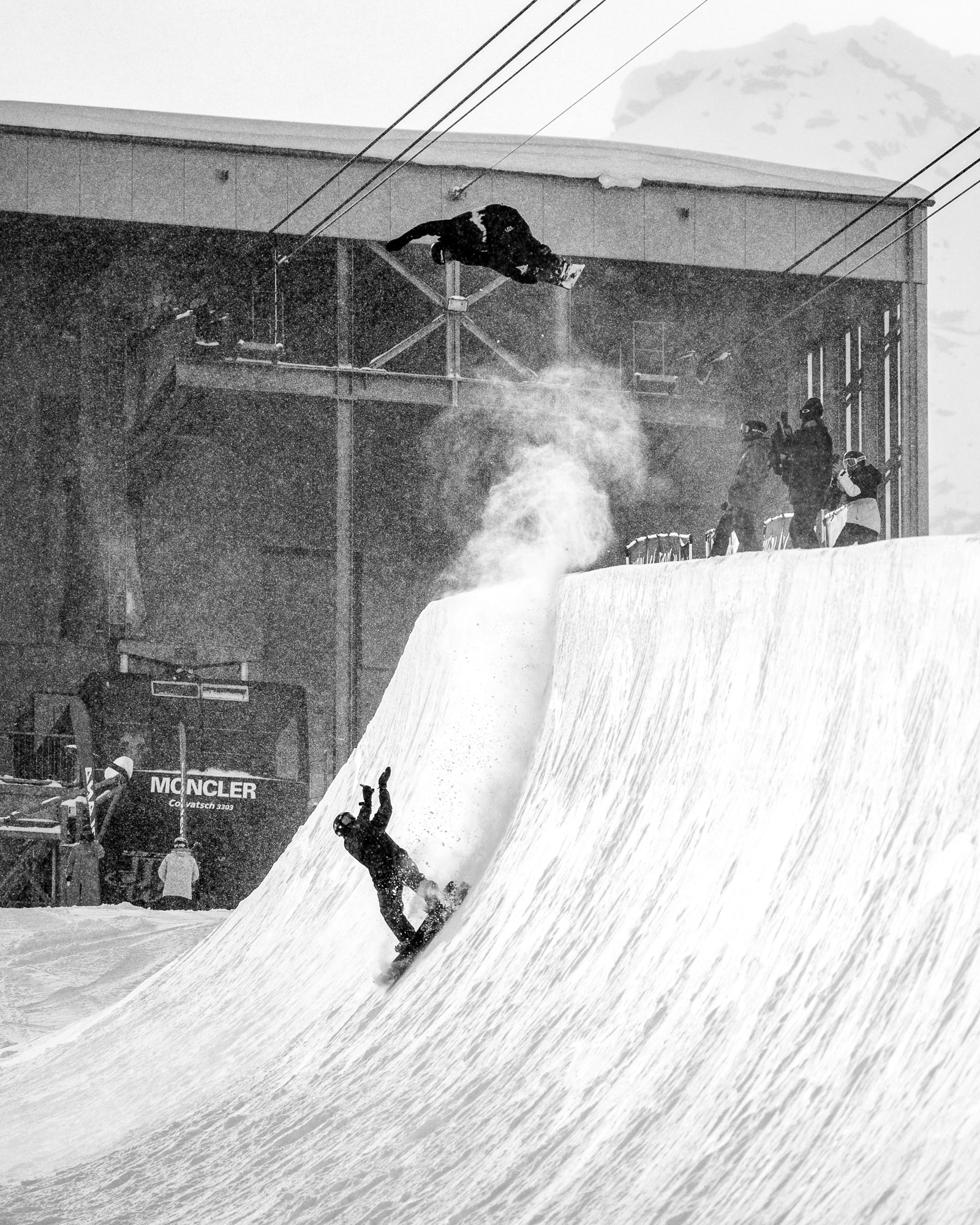
“The new pipe makes a huge difference because we can start early in the season and train until late spring. That means we don’t have to go to America or New Zealand. This is also a financial advantage, since trips to those countries are a significant expense.”
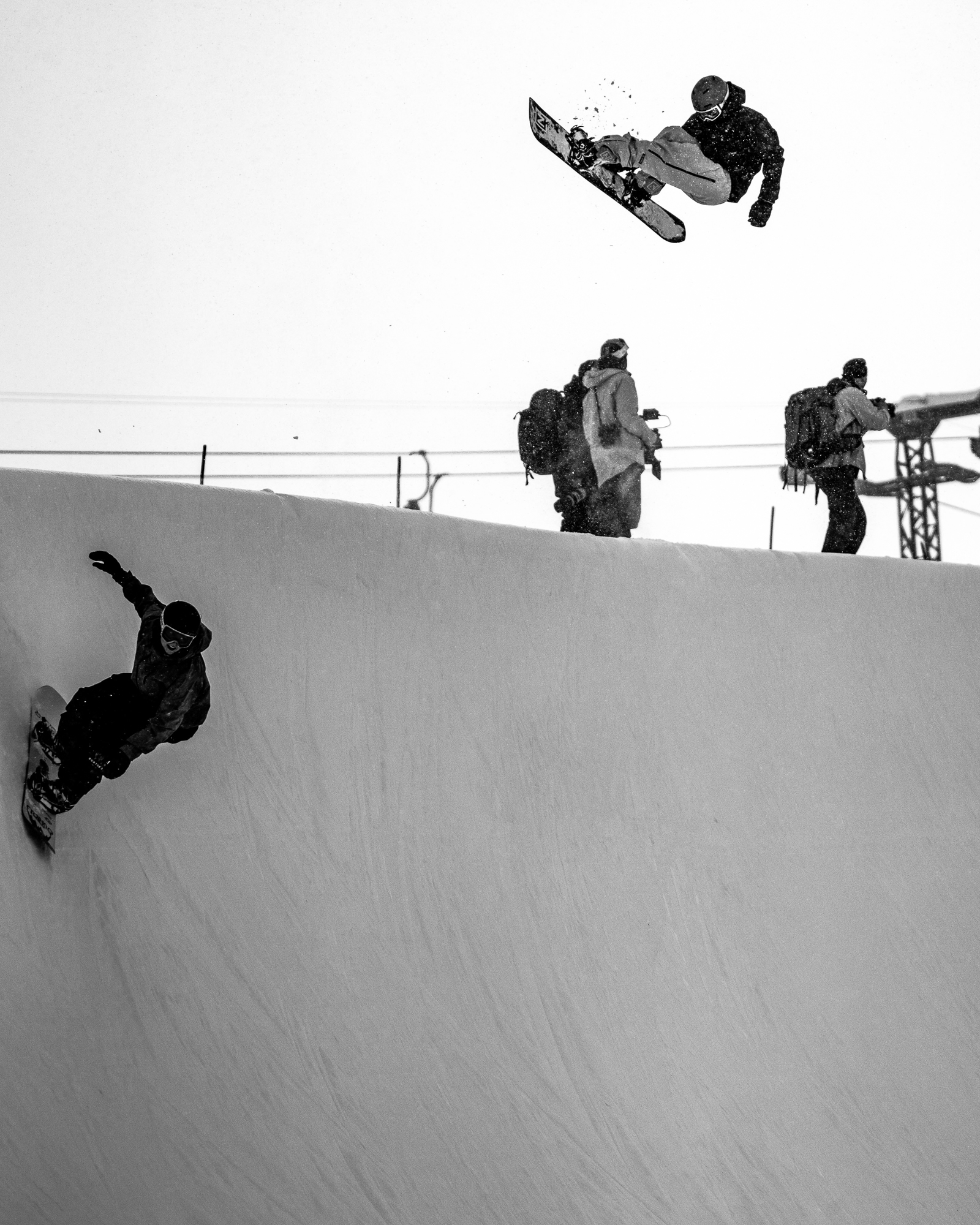
“It has a great shape and a fast lap-time. Having the T-bar going directly back up from the end of the pipe is incredible.”
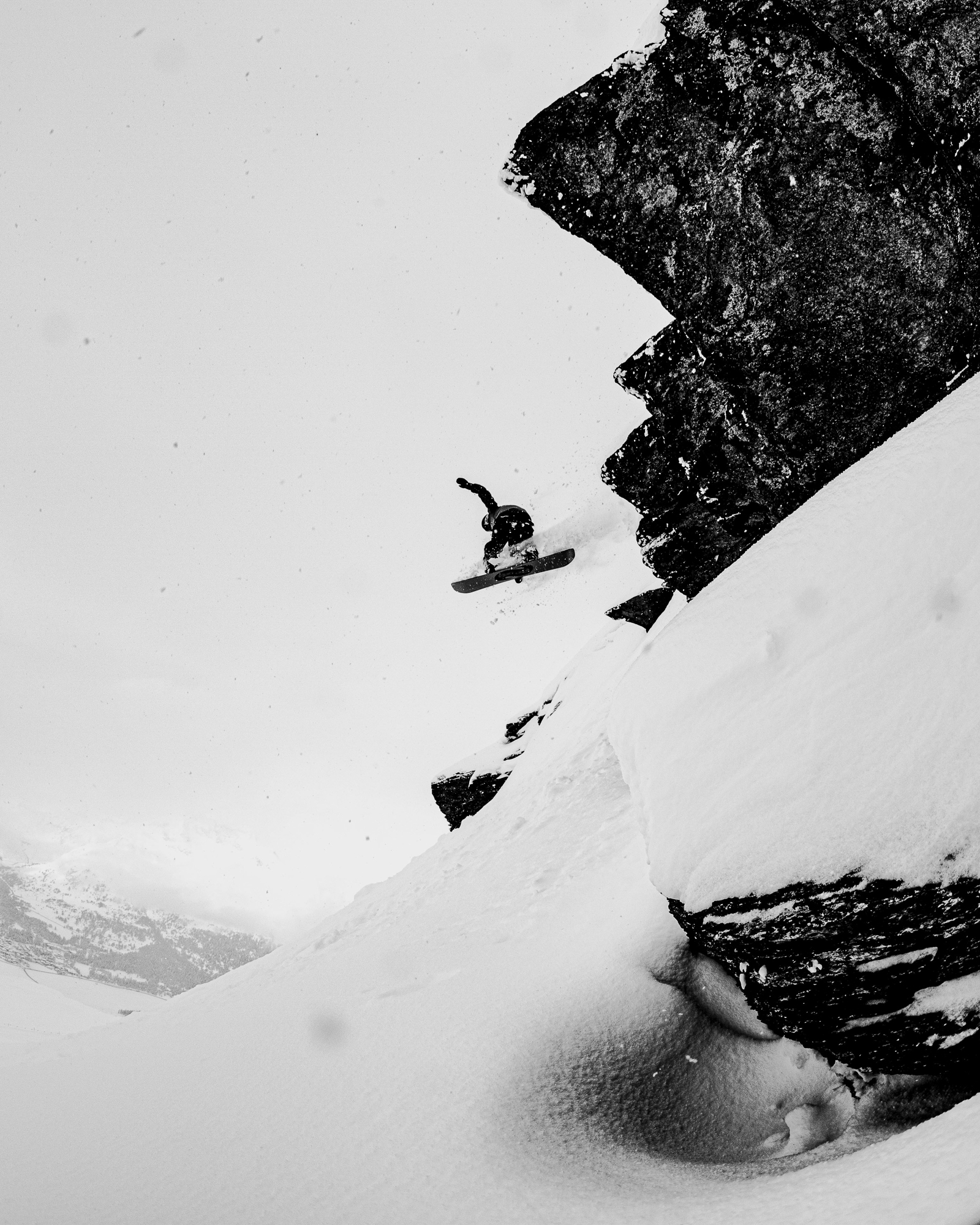
“It’s important for us to get the chance to ride different pipes more often. I feel like I’m so used to the pipe in Laax that it can be hard to adapt when I travel to compete at other resorts.”
The construction of the new pipe was a massive project, involving extensive work during the summer to shape the surface and excavate a significant portion of the pipe into the ground. The entire building process, from the start to the opening, spanned 1.5 years and required an investment of 4.8 million CHF. Check the behind the scenes documentary for all of the details.
